- Replies 8
- Views 333
- Created
- Last Reply
Most active in this topic
-
Roburt 5 posts
-
Robbk 2 posts
-
Weingarden 1 post
Most Popular Posts
-
AI told me that it was NOT Clarence (Gene) Redd, Sr. that brought Hank Marr and Sonny Stitt to Ed Wingate's Detroit record company, as he was still working as A&R Man for King Records; but rather,
-
Excellent info! Thanks, Roburt. One point of clarification on your original post: The single you refer to, Marr's Groove/Stitt's Groove, has the same backing track on both sides (performed by, I assum
-
(1) That was an LP including 10 cuts from 1964, and the rest from earlier. I'm sure that Marr was not working for King in 1968, after Syd Nathan had passed away. I don't think Gene Redd, Sr. was wor

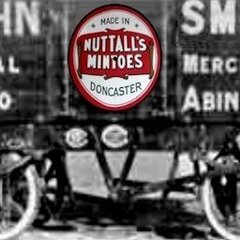
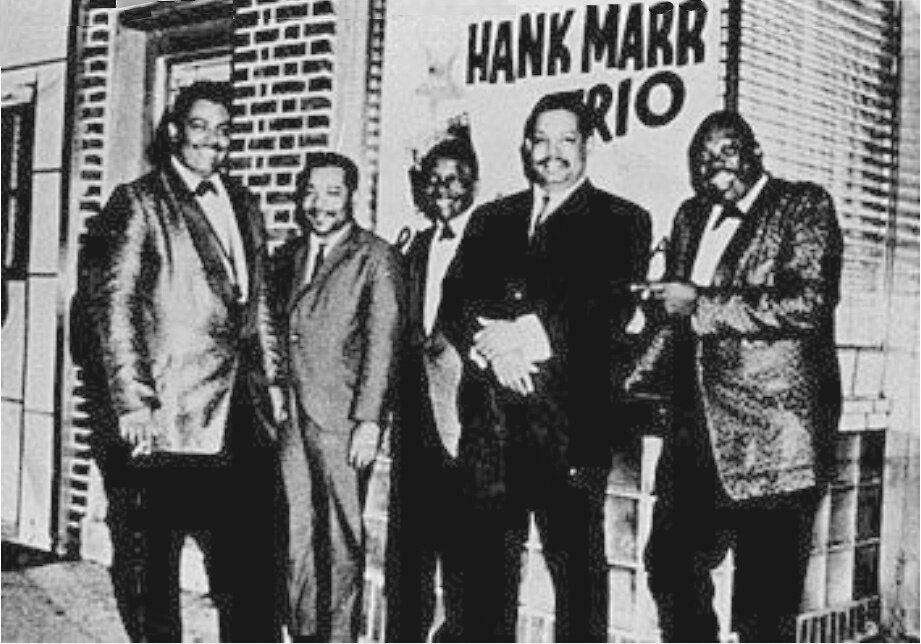
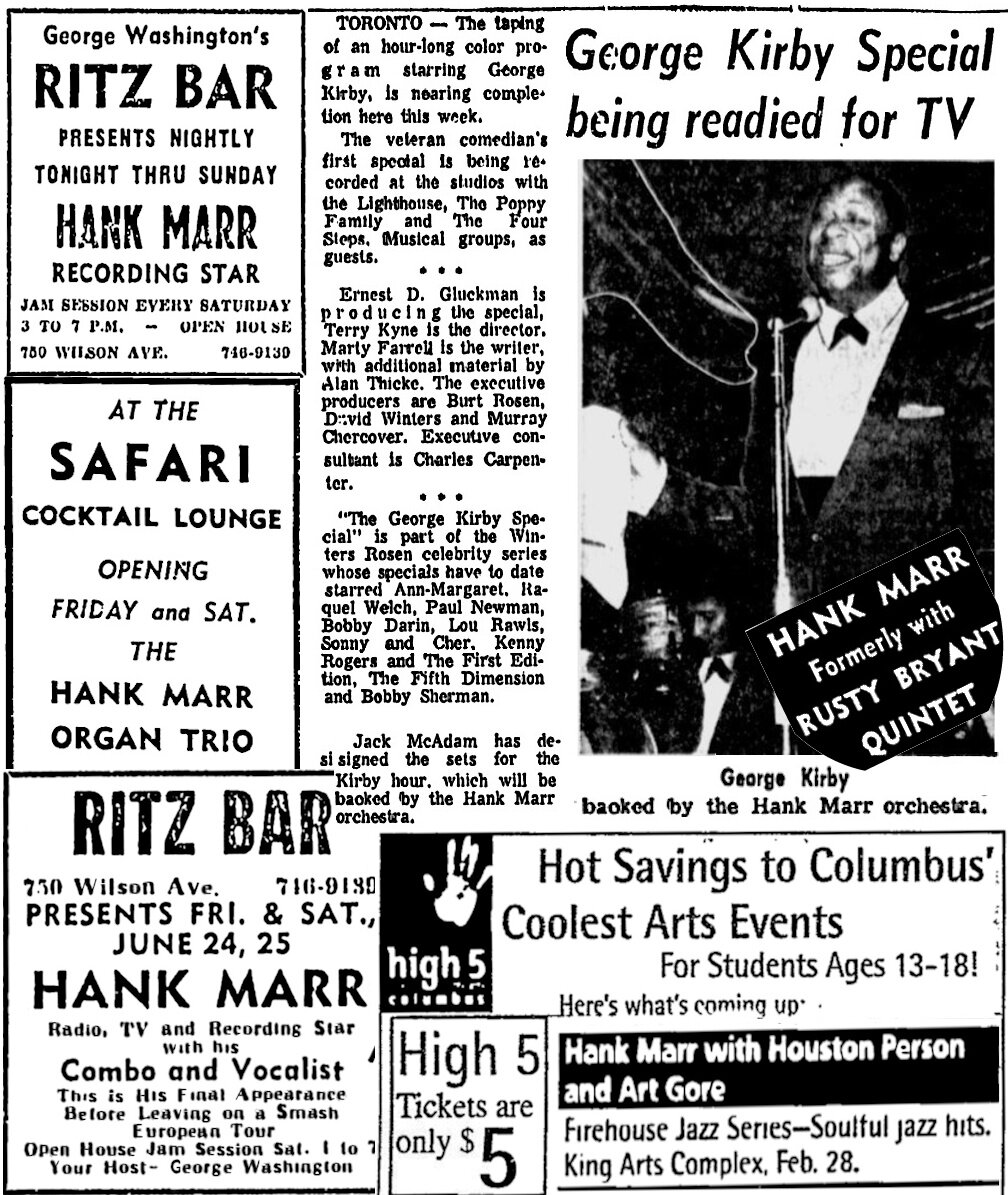
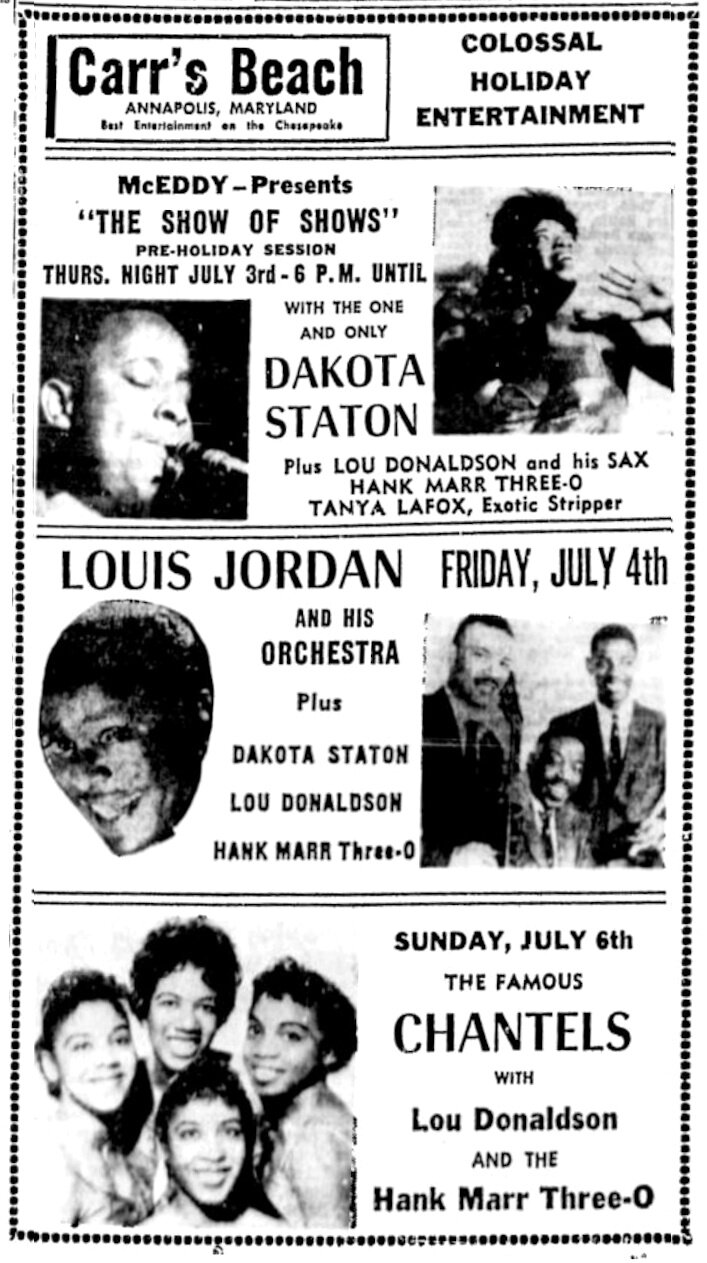
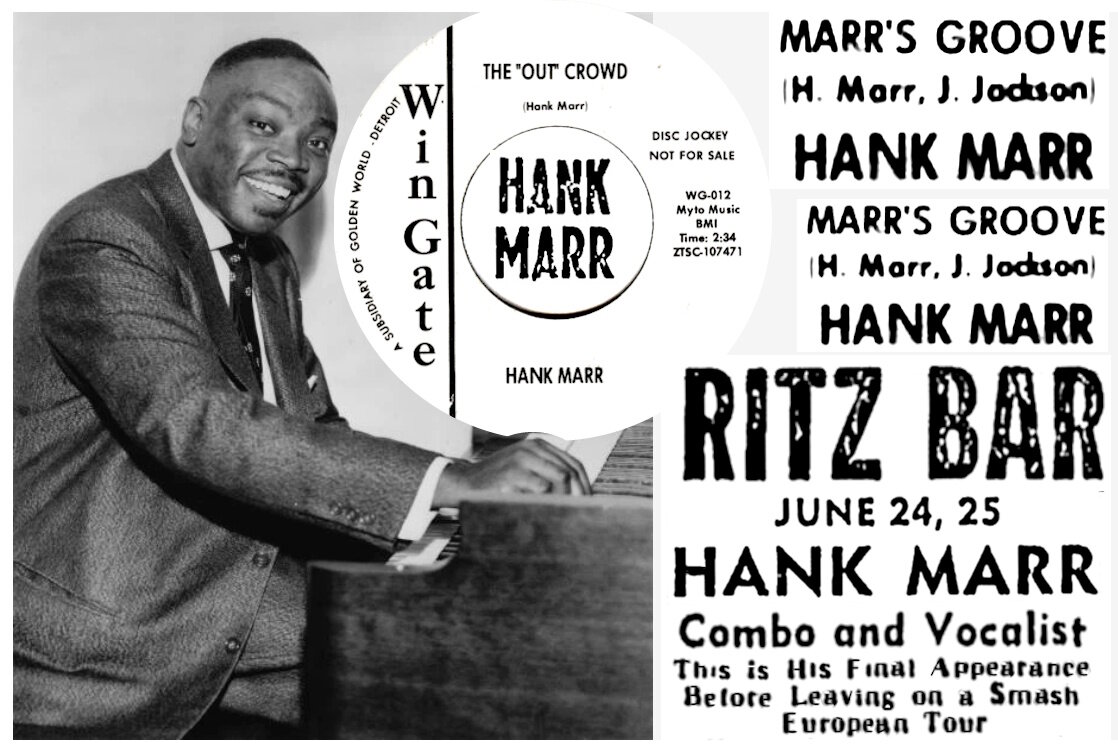
Hank Marr was born in Columbus, Ohio in 1927. After a stint in the army where he played keyboards he went into the music biz, playing the Hammond Organ. From the early to late 50's, he was a member of the Rusty Bryant And The Carolyn Club Band (recorded for Dot) / Rusty Bryant Quintet. He had gone out as leader of his own trio by 1957 and landed a recording contract with Federal / King Records of Cincinnati, Ohio. He had a hit 45 in 1961, "Tonk Game" -- this has gone on to be regarded as a jazz / R&B classic. He was kept busy playing live gigs right across the US, from the Canadian border right down to Florida. Two further hit 45's followed,; "The Greasy Spoon" (1964) and "Silver Spoon" (1965). Both of these songs were written in conjunction with Gene Redd, & Gene seemed to remain as a close associate with Marr for a number of years. Federal (likewise King), put very few credits on their 45 labels, so whether Redd was producing / arranging on Marr's studio sessions isn't fully documented. However Redd wrote the sleeve notes for Marr's 1968 King LP and in these stated .. after the session was over & the album was recorded I talked with Hank ... I'd think Redd was in charge on this (& other) of Marr's studio sessions. Certainly Redd was working with Marr writing songs & in the studio right through the 1960's (from at least as early as 64).
In between Marr's releases on Federal (King for his albums) which ended in 1966 and his later stint on Federal / King (which commenced in 67/68), he had a couple of 45's out on Wingate Records. The first of these was the A side of WG 011 "Hank's Groove" (the other side featured Sonny Stitt doing a Ronnie Savoy / J Jackson song -- Jackson also co-wrote Marr's tune). His 2nd Wingate 45 featured his own song "The Out Crowd" (WG 012). The matrix numbers on these 3 tracks run concurrently, so they were most probably recorded at the same session (along with Stitt's cut). Stitt had been with Argo / Cadet label in 1965, but had enjoyed a Wingate 45 release earlier (September 65). But it seems both guys stint with Wingate / Golden World was very short (Stitt having releases on Prestige / Colpix / Roulette from early 66). HOWEVER Marr's recordings @ Golden World coincided with Gene Redd's time with the organisation, so most probably it was Gene that had taken Marr to Detroit. His 2 Wingate 45's being released in early 1966, I'd guess they were cut in late 65.
By 1967 Marr was back on Federal with his cut "Philly Dog 67". But before that he'd taken a trip across the pond to perform in Europe. His Euro tour had followed on from live gigs @ the Ritz Bar, Youngstown, Ohio in June 66. So his latest recorded outing when he headed over the Atlantic would have been "The Out Crowd", so I'd guess he would have performed the number in his live shows. A Golden World / Wingate artist in Europe playing his Detroit recording in summer 66 ... WHO KNEW !!!
In 1968, he had his King album 'Sounds From The Marr-ket Place' out & this featured the fine track "Come & Get It". This was the LP Gene Redd wrote the sleeve notes for (he also wrote songs featured on the album). Anyway, Gene had gone off back to New York, hooked up again with the local jazz group he'd been mentoring & developed them into a recording act (Kool & the Gang). Marr continued on with his career but had grown weary of one night stand bookings. So he hooked up with comedian / singer George Kirby and took charge of his backing band. George was mainly being booked into comedy club venues for week long stints & this life suited Hank Marr much better. He stayed with Kirby for 9 years, featuring with him in a 1971 TV show recorded in Canada. Hank drifted back onto the jazz scene & in later life would play gigs around his home bases in Youngstown / Columbus. In fact he was still performing just weeks ahead of his death in 2004.
A FEW QUESTIONS ... I'm no Detroit soul expert -- is much known about Marr's spell with Wingate ?
... has it been confirmed that it was Gene Redd that got Hank his Wingate deal ?
... who played on his Detroit sessions -- he had his own band at the time but it may well have been Golden World / Detroit jazz guys who assisted him on the sessions (I don't have Robb's expert ear) ?
... why was his & Stitt's time with Wingate so short ?
Edited by Roburt